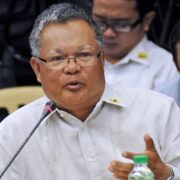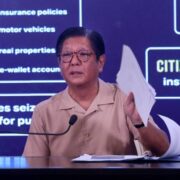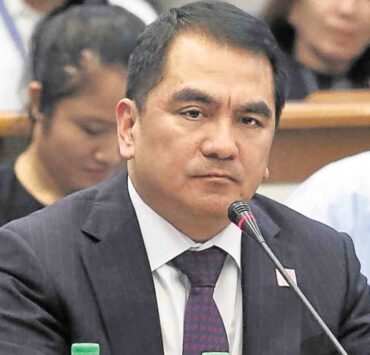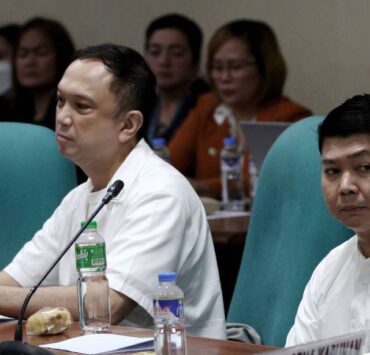Poe wants unprogrammed funds in budget tamed
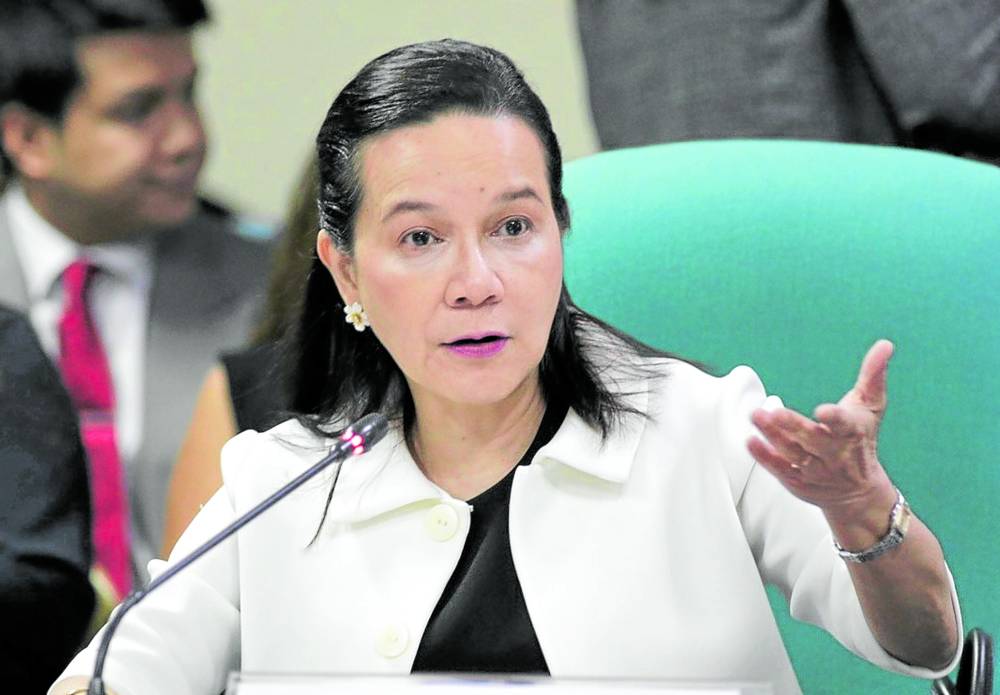
The new chair of the Senate finance committee on Monday vowed to keep an eye on any attempt to bloat the unprogrammed appropriations, or budget items without specific fund sources, in the proposed P6.352-trillion national expenditure plan for 2025.
Scrutinizing the planned spending program of the Department of Budget and Management (DBM), Sen. Grace Poe reminded Budget Secretary Amenah Pangandaman to be more careful in earmarking taxpayer money for projects that were not included in the government’s regular budgetary process.
Poe, who took over the post vacated by now Education Secretary Juan Edgardo Angara, noted that from a total allotment of P731.4 billion this year, the unprogrammed appropriations were cut down to P158.67 billion in the budget that Malacañang had requested for next year.
“[The amount] is still big, but it’s a drastic decrease [from the current budget],” she said at the four-hour budget hearing.
Poe pointed out that several of her colleagues were questioning the practice after the Department of Finance ordered the Philippine Health Insurance Corp. to transfer P90 billion of its unused funds to the national treasury for unprogrammed allotments this year.
Senate Minority Leader Aquilino Pimentel III had flagged the increase in the unprogrammed appropriations in the 2024 General Appropriations Act, which nearly tripled the DBM’s original proposal of P281.9 billion.
Pimentel said the P450-billion bump was due to the changes that lawmakers comprising the bicameral conference committee had introduced.
In response, Pangandaman assured Poe that the DBM had already set specific guidelines in funneling funds to budget items listed in the unprogrammed appropriations.
She said that most of these budget items were actually foreign-funded projects that the National Economic and Development Authority has yet to approve.
“The unprogrammed appropriations are standby funds that would be utilized only if the ‘triggers’ are met,” Pangandaman told Poe.
One of the “triggers,” she said, was the availability of excess funds that other state agencies did not utilize.





